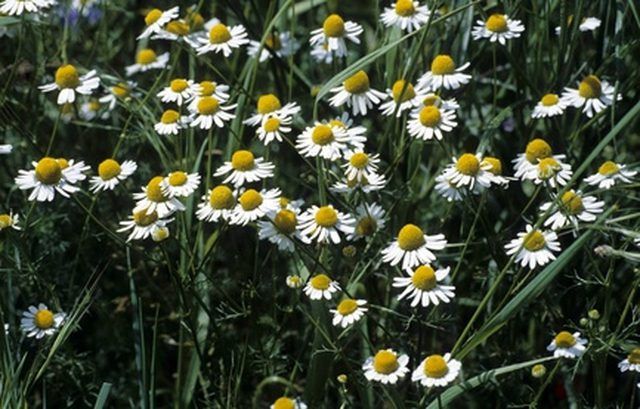Bulbs
Flower Basics
Flower Beds & Specialty Gardens
Flower Garden
Garden Furniture
Garden Gnomes
Garden Seeds
Garden Sheds
Garden Statues
Garden Tools & Supplies
Gardening Basics
Green & Organic
Groundcovers & Vines
Growing Annuals
Growing Basil
Growing Beans
Growing Berries
Growing Blueberries
Growing Cactus
Growing Corn
Growing Cotton
Growing Edibles
Growing Flowers
Growing Garlic
Growing Grapes
Growing Grass
Growing Herbs
Growing Jasmine
Growing Mint
Growing Mushrooms
Orchids
Growing Peanuts
Growing Perennials
Growing Plants
Growing Rosemary
Growing Roses
Growing Strawberries
Growing Sunflowers
Growing Thyme
Growing Tomatoes
Growing Tulips
Growing Vegetables
Herb Basics
Herb Garden
Indoor Growing
Landscaping Basics
Landscaping Patios
Landscaping Plants
Landscaping Shrubs
Landscaping Trees
Landscaping Walks & Pathways
Lawn Basics
Lawn Maintenance
Lawn Mowers
Lawn Ornaments
Lawn Planting
Lawn Tools
Outdoor Growing
Overall Landscape Planning
Pests, Weeds & Problems
Plant Basics
Rock Garden
Rose Garden
Shrubs
Soil
Specialty Gardens
Trees
Vegetable Garden
Yard Maintenance
How to Identify Camomile
How to Identify Camomile. Camomile has a long history as a calming herb with inherent properties for soothing a variety of maladies and calming a restless spirit. Identifying camomile can be challenging because there are two different varieties: English camomile is a perennial herb, while German camomile is an annual herb. Both varieties grow...

Camomile has a long history as a calming herb with inherent properties for soothing a variety of maladies and calming a restless spirit. Identifying camomile can be challenging because there are two different varieties: English camomile is a perennial herb, while German camomile is an annual herb. Both varieties grow naturally and often grow invasively along country roads, as well as in herb gardens. You can easily identify camomile by its foliage, blossoms and the scent of the plant.
Examine the foliage of the camomile plants. German camomile leaves appear very thin and feathery and the stems are somewhat hairy. The leaves are "bipinnate" leaves, which means that each leaf divides again into smaller leaf sections. German camomile plants grow to heights of approximately 20 inches. English camomile leaves are larger and thicker than German camomile leaves, without the same bipinnate style, and the stems are hairless. English camomile plants are shorter and wider than German camomile plants.
Look at the blossoms of the camomile plants. German camomile plants have tiny flowers approximately one inch in diameter. The center of the flowers is yellow, while the petals are white, resembling a daisy. English camomile flowers are approximately the same overall size as German camomile flowers. However, the centers are larger and the petals that surround the blossom are sparse and sometimes even absent. Some varieties of English camomile do not flower at all.
Pick a blossom to differentiate between English and German camomile plants. Cut the flower receptacle, the portion of the blossom that connects the bloom to the flower stalk, in half. If the receptacle has a solid interior, the camomile plant is English. If the receptacle has a hollow interior, the camomile plant is German.
Clip a small amount of foliage or blossoms from a camomile plant and gently crush the plant parts between your fingers. Smell the scent that wafts up from the crushed foliage. If it smells faintly fruity, like apples or pineapples, you likely have a camomile plant in your hands.